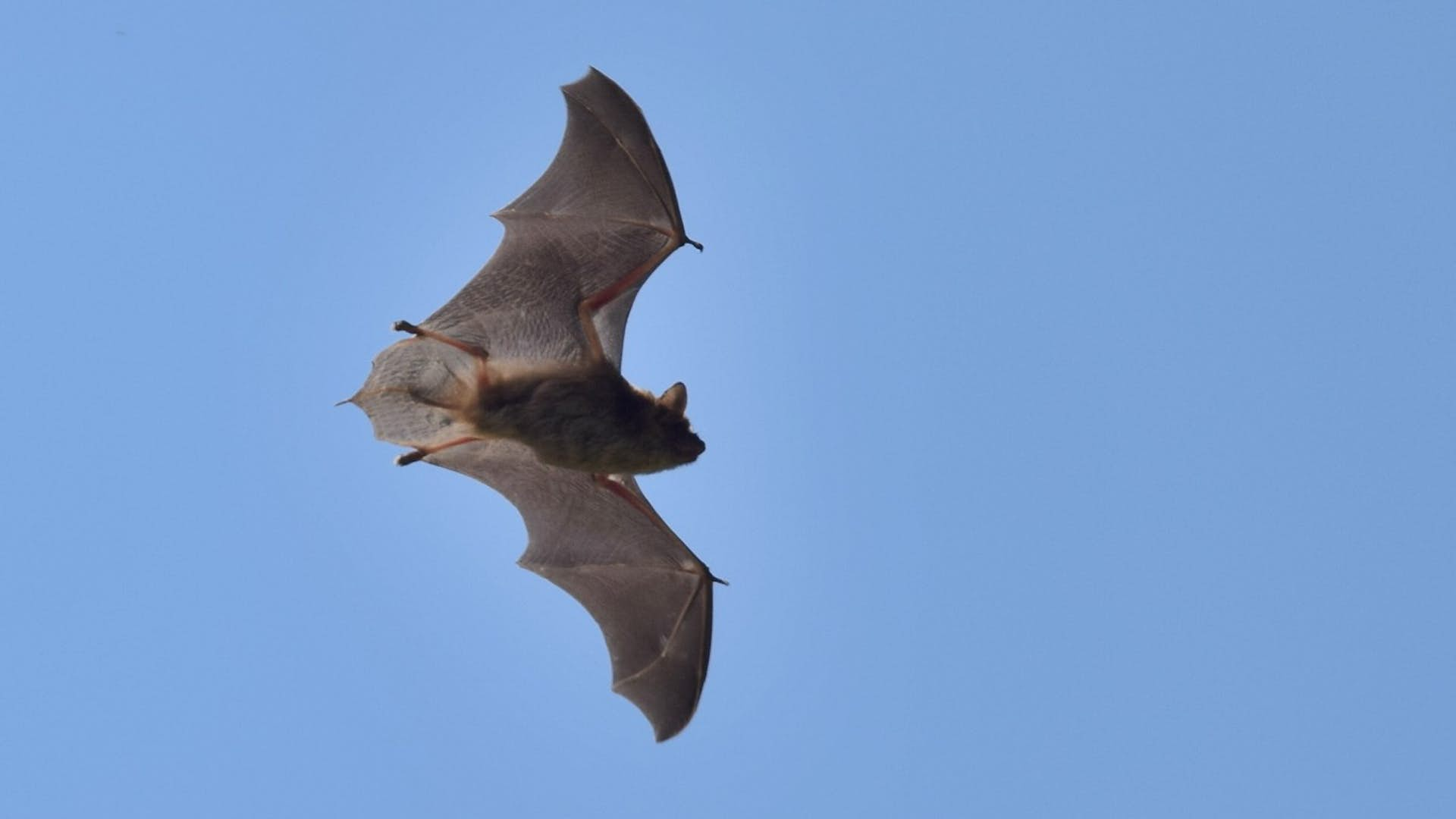Did you know that, excluding rodents, bats are the most prevalent mammal on the planet? In fact, there are over 1,000 different species of bats, a fact that may be troubling to many people. Bats have an unfortunate tendency to frighten humans, but perhaps this is because these clever mammals are somewhat misunderstood. As a whole, bats play a vital role in the ecosystem and have multiple impressive abilities. These creatures can even beat insects and birds when it comes to efficient flying. Consider a handful of interesting bits of information that may cause you to look at bats with a newfound sense of appreciation.
The Flight Test
Scientists hold that bats are able to fly more efficiently than either insects or birds, but it may not be immediately clear how this can be proven. To measure flight efficiency, experts can look at the amount of oxygen an organism must use to travel a certain distance. When compared to similarly sized critters, bats burn up less oxygen as they fly.
Wind tunnels and smoke also come in handy when determining what exactly makes bats such great flyers. This way, specialists can observe bats’ wing movements and even monitor the patterns of airflow that surround the wings.
Why Bats Come Out the Winners
Bats are thought to be superior flyers due to a number of physical traits. First, bats’ wings contain far more joints than those of insects or birds. In fact, they have all the same joints that you do in your hands, with a few extras thrown in. This enables bats to make detailed adjustments to the form of their wings when in flight, presumably helping them achieve as much lift as possible while minimizing drag. Because lift is a force working against gravity and drag is a force working against an object’s forward movement, bats’ special abilities make them optimally designed for flight.
Bats may be able to improve lift using the thin layer of skin that covers their wings, as well. This membrane can bend and stretch, conforming to the precise curves outlined by the underlying joints. Interestingly, scientists hope to use this information to improve aircraft designs.
Bat Diversity
In addition to their impressive aerial abilities, bats are incredibly diverse when considered as a group. They can be split into two main categories: microbats and megabats. Some of these critters are remarkably small, having a wingspan of just five inches and weighing less than a tenth of a pound. Others can have six-foot-wide wingspans and weigh over three pounds.
In addition to their variability in size, bats can exist off of diverse diets. The infamous vampire bats drink the blood of large mammals, such as cattle, while other bats consume nectar, pollen, fruit, or insects. Accordingly, bats play a key role in the ecosystem by transferring pollen from plant to plant and spreading seeds. They even help get rid of pesky bugs!
Managing a Bat Infestation
Though bats are quite intriguing, it is understandable if you want to appreciate them from afar. Sometimes bats can be a bit intrusive, after all, making a home in your attic or other interior spaces. When this happens, it’s best to call in professional help. This way, you can be sure the bat is removed as humanely as possible and prevent harm to your home or your health.
At your local Skedaddle Humane Wildlife Control, we approach bat removal in Pickering systematically. We start by removing the entire colony of bats, along with any offspring. Then, we help clean up the mess these critters may have left behind and pinpoint their entry points so the problem does not reoccur. Give us a call today to get started.





